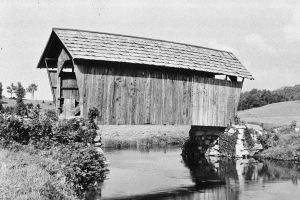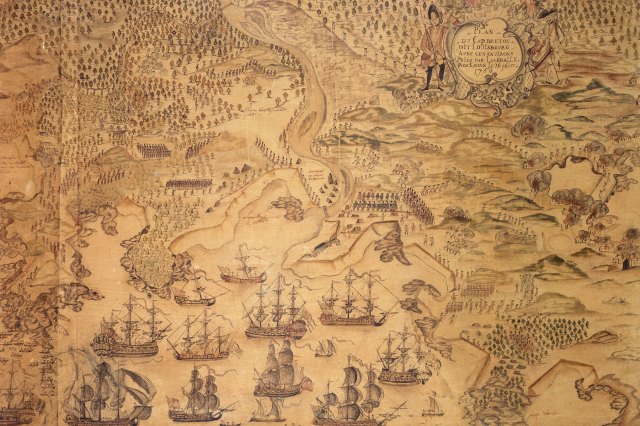What Was the Seven Years’ War?
The Seven Years’ War, fought from 1756 to 1763, pitted the major European military powers of the time against each other through a labyrinthian series of alliances and geopolitics, like an 18th-century equivalent of World War I. The factors leading to the war were complex enough that the English author William Makepeace Thackeray wrote in his novel The Luck of Barry Lyndon, “It would require a greater philosopher and historian than I am to explain the causes of the famous Seven Years’ War… its origin has always appeared to me to be so complicated, and the books written about it so amazingly hard to understand, that I have seldom been much wiser at the end of a chapter than at the beginning.” Let’s piece it together more simply here.

Who Fought in the Seven Years’ War?
The two alliances during the war were Austria, France, Russia, Saxony (now a state in Germany), and Sweden on one side; Great Britain, Hanover (also now a state in Germany), and Prussia on the other. These alliances were formed in the wake of the War of the Austrian Succession (which started in 1740) and the Treaty of Aix-la-Chapelle (which ended it in 1748), and they represented a major alignment shift, known as the Diplomatic Revolution. Former allies Great Britain and Austria became at odds due to the inefficacy of Great Britain’s military assistance to Austria in preventing Silesia (modern-day Poland) from falling to Prussia: Austria viewed Great Britain’s aid as inadequate, and Great Britain believed that its support to Austria was an investment that was not gaining enough return. Prussia, which had been aligned with France, became aligned with Great Britain due to the latter’s desire to preemptively defend Hanover from risk of invasion by France.























